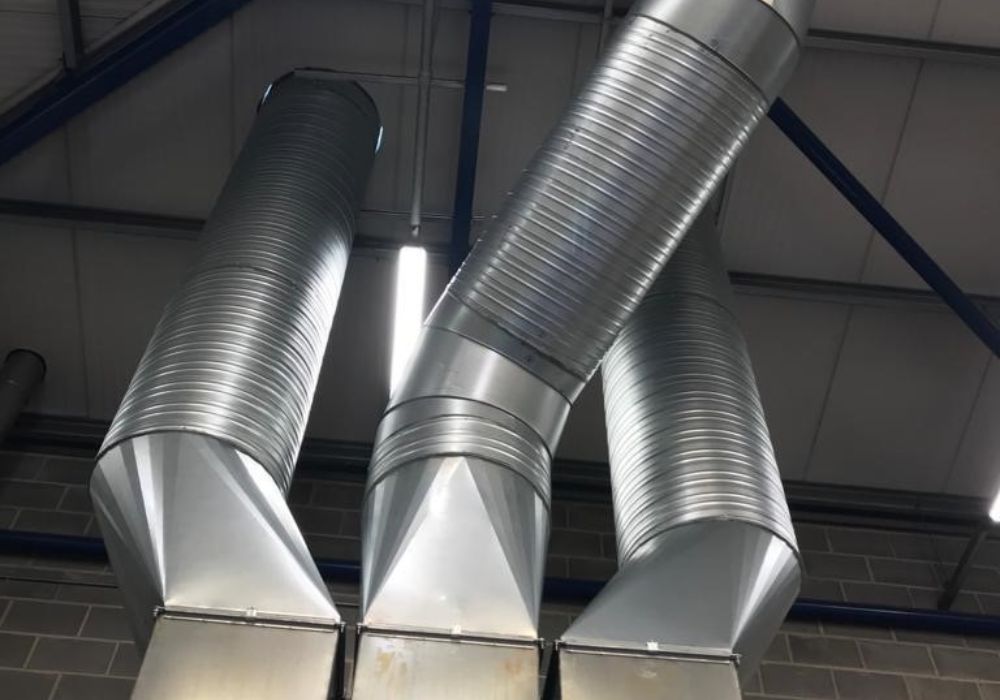What is Local Exhaust Ventilation?
LEV systems are crucial for safeguarding workers’ well-being, maintaining regulatory compliance, enhancing workplace safety, and ensuring the overall efficiency and quality of industrial processes.
This article explains what an LEV system is, how it works and its importance.
What Is Local Exhaust Ventilation?
Local exhaust ventilation (LEV) is a system designed to capture and remove airborne contaminants generated at or near their source before they can disperse into the surrounding workplace air. It is a crucial component of occupational health and safety measures, particularly in industries where workers may be exposed to harmful substances or airborne pollutants.
What Is the Purpose of an LEV System?
The primary purpose of an LEV system is to protect workers from inhaling or being exposed to hazardous substances, such as dust, fumes, vapours, mists, or gases, produced during various industrial processes.
LEV systems are essential in various industries where generating airborne contaminants poses health and safety risks to workers. Some of the industries that most commonly need an LEV system include:
- Manufacturing: Processes such as metalworking, welding, and machining generate fumes, dust, and particles that require effective extraction to protect workers from respiratory hazards.
- Painting and Coating: Painting and coating operations release volatile organic compounds (VOCs) and other airborne particles. LEV systems are employed to minimize exposure to harmful substances.
- Metal Fabrication: Welding, cutting, and grinding in metal fabrication generate fumes, smoke, and dust. LEV systems are crucial to extract and filter these contaminants.
- Woodworking: Sawing, sanding, and other woodworking activities produce wood dust, a common respiratory irritant. LEV systems help control and capture these airborne particles.
- Chemical Processing: Industries involved in producing and handling chemicals often require LEV systems to control the release of hazardous vapours, fumes, and dust.
How Does An LEV System Work?
The system typically consists of hoods, ductwork, an air-cleaning device (such as a filter or scrubber), and a fan or exhaust system to move air away from the work area. Here’s a basic overview of how an LEV system works:
- Hood or Capture Device: This is part of the system closest to the emission source, designed to capture and contain the contaminants before they reach the worker’s breathing zone.
- Ductwork: Pipes or channels that transport the captured contaminants away from the source to the air-cleaning device.
- Air Cleaning Device: This component removes or filters out the contaminants from the air before they are released into the environment. Different air-cleaning devices may be used, depending on the specific contaminants involved.
- Fan or Exhaust System: Responsible for creating the necessary airflow to move the contaminated air through the system and expel it from the workplace.
LEV systems are tailored to the specific processes and contaminants in a particular industrial setting. Proper design, installation, operation, and maintenance are essential to ensure the effectiveness of local exhaust ventilation in protecting workers’ health and safety. Regular monitoring and testing are also necessary to verify that the system is functioning correctly and providing the intended level of protection.
At LEV Engineering, we provide various services, including LEV design, installation, and testing. Please find out more about our services or speak to a team member here.

